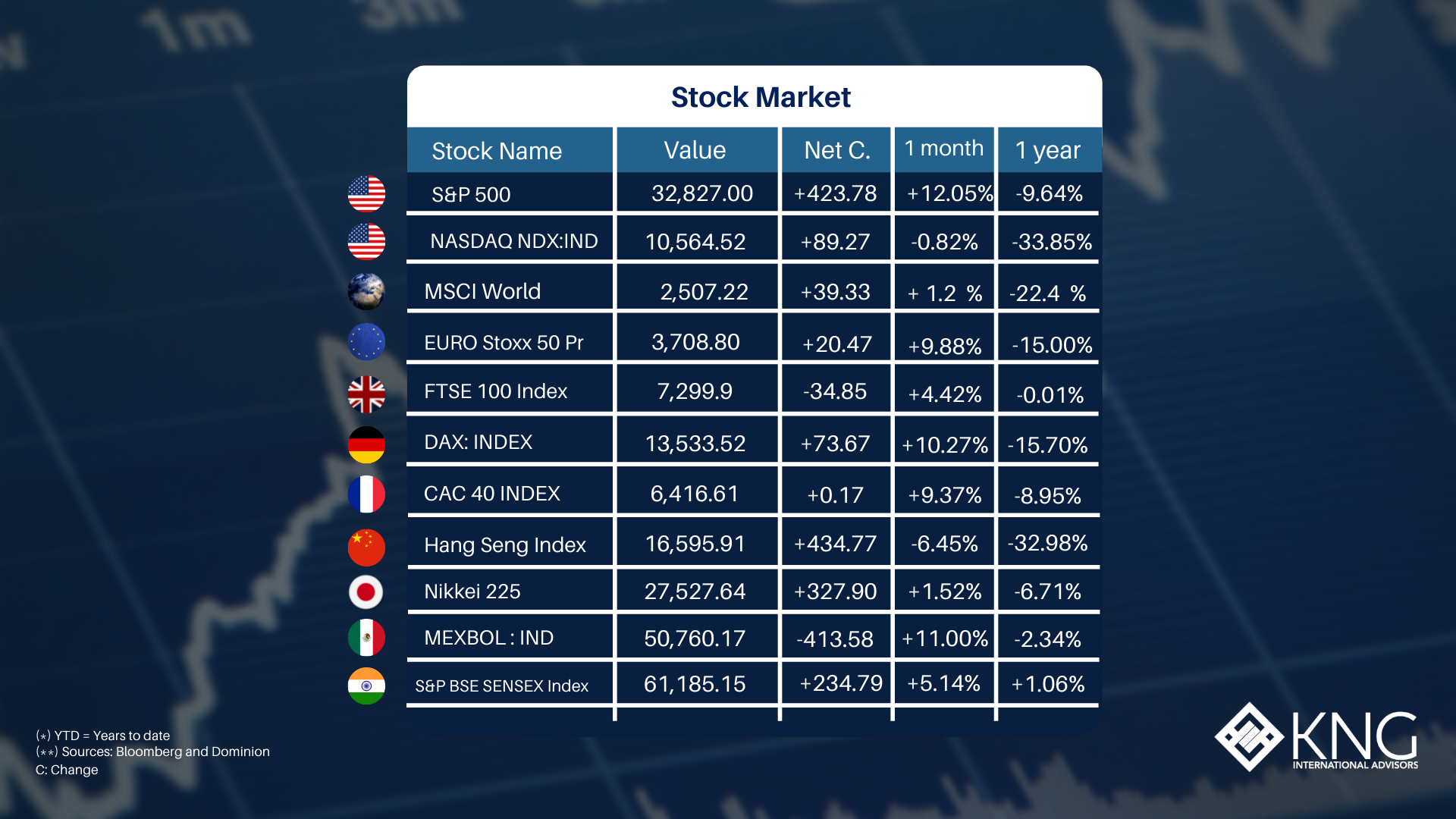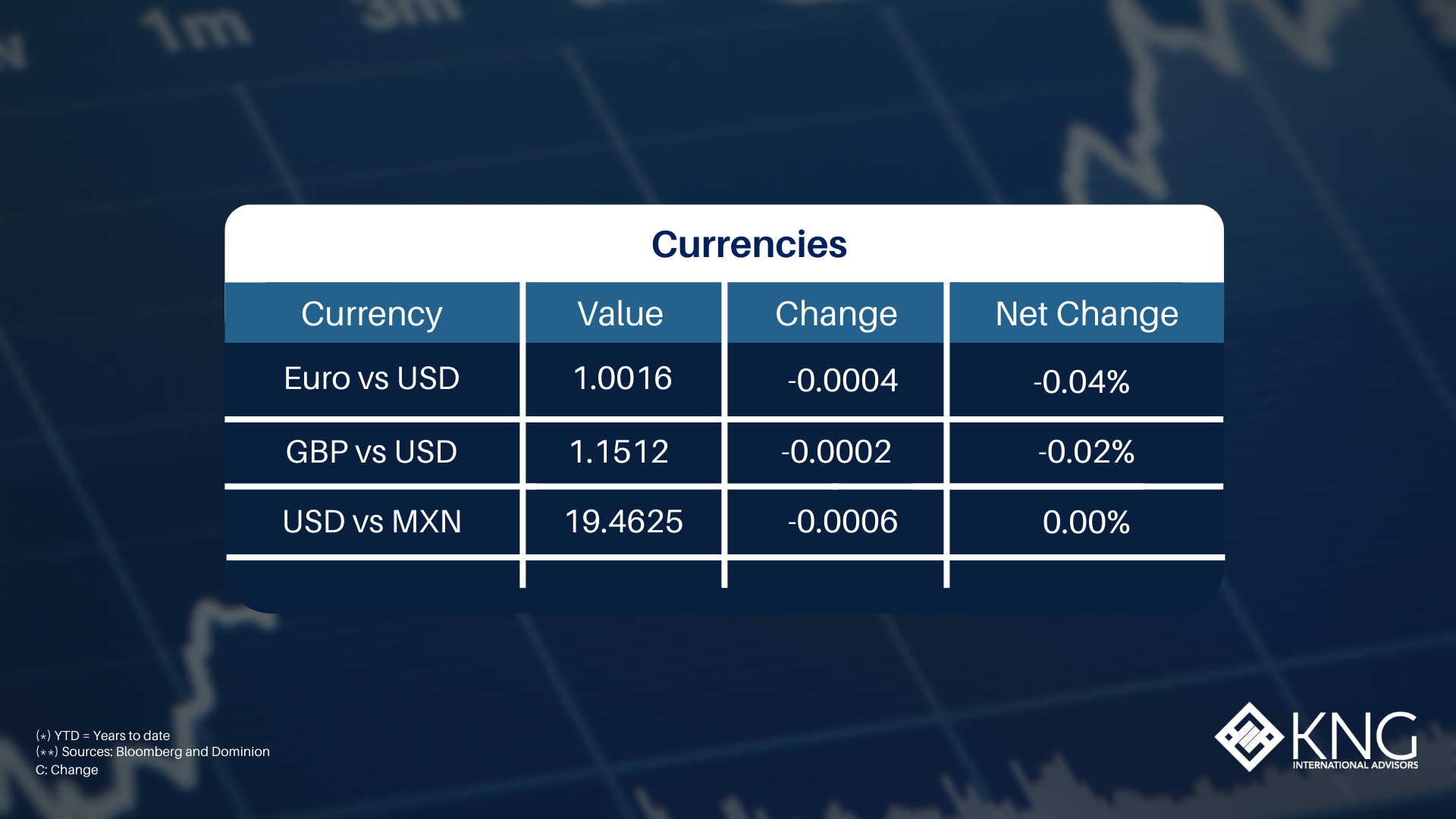Monday 8th of November 2022
Listen to this financial market update by playing this audio...




Summing up what we wrote last week...
Last week we identified four primary characteristics we think are critical when deciding which trends to invest in for the long-term.
As a reminder these were: (i) the scale of the change (i.e., you want the trend and its implications to be as big as possible), (ii) the breadth of the trend (ideally there are multiple angles from which to play the theme), (iii) predictability (the more conviction we can have in the expected outcome, the better), and (iv) valuation (current valuation levels for companies exposed to the trend should be attractive).
This week, we’ll give an example which matches these criteria but also expands further on them. It’s important for long-term investors to remember that you do not need an investment trend to necessarily be driven by revolutionary new technology or, in the case of last week’s episode, literal change in the earth’s climate. Sometimes it can be the application of existing technologies in new and innovative ways that can create a significant enough change in the world to match our strict criteria for long-term investing.
Software is nothing new...
It is the code that tells computer systems what to do. Mathematicians, starting with Ada Lovelace in the 19th century, wrote software for computers before computers had even been built, they did this in anticipation of their creation.
A new development in recent years, though, is cloud-based software offered as an ongoing service to users, known as SaaS (software-as-a-service), and the application of this software into fields which have traditionally not seen very much innovation in IT.
There are many areas of the modern economy which have seen little change in communications and IT technology for decades. Some sectors, like entertainment for example, have seen radical change, moving from analogue broadcasts of TV and radio signals in the 1990s to high-definition streaming of music and video direct to the home and mobile device today, but other sectors over the same period have effectively stagnated.
Healthcare is a primary example here. While medical technology has advanced considerably in many aspects, the software and IT systems relied upon by national and local healthcare bodies have not. It is not uncommon to see fax machines, communication by letter or text message used by hospitals in industrialised nations like Japan or the UK. Similarly, many healthcare systems and companies operating in drug research and development will often not have any unified data collection and interpretation software systems at all, instead relying on a maze of siloed data sets and missing out on the opportunities of a joined-up system.
Things are changing, finally, and potentially in large part due to the pandemic
The COVID 19 pandemic which started in 2020 created a pressing need for healthcare systems to try and cope with unprecedented demands on their services, while also navigating entirely new challenges like developing and then distributing vaccines to hundreds of millions of people. The old way of doing things wouldn’t work and as such, existing technology and software providers who had solutions for healthcare were brought in to help make the changes needed to meet the challenges of the pandemic.
The reluctance of healthcare to trial and use new technologies is understandable in normal times. The cost of failure is so high, literally people might die, that trialling and implementing new systems for communication or data collection, are often avoided, while old processes, despite their inefficiencies, are at least known to work and so usually remain the preferred option.
But the pandemic has changed this. SaaS and data science businesses which might have taken a decade to establish themselves as providers to the healthcare industry have been fast-tracked in to help deal with the unprecedented challenges of COVID. And in many cases, they worked.
The vaccine distribution plan for the United States and United Kingdom (combined populations of 400 million), where more than 90% vaccine uptake was needed with multiple vaccine types and doses per person needed, was handled by a single SaaS business which had hitherto seen little success in providing its services to healthcare. That same business is now looking to be the first technology company to fully unify the UK’s labyrinthine healthcare system onto one digital platform, which could save the health service there hundreds of millions of pounds and save thousands of lives.
Even outside of healthcare we are seeing SaaS businesses save lives with existing platforms being used in new ways. Cloud-based software businesses like Cloudflare, which operates a global server network and offers low cost cyber security services, has a system advanced enough that it was able to detect the digital signatures of a likely Russian invasion of Ukraine before the event. It was instrumental in supplying Western governments with the information they needed to warn and prepare Ukraine for the eventual invasion.
What is more, Cloudflare’s systems are powerful enough that after the invasion started and Russia attempted to shut down Ukraine’s capacity to communicate, Cloudflare was able to keep Ukraine’s internet up and running, a critical advantage which, along with the forward notice of the invasion, contributed significantly to Ukraine’s success in repelling Russia’s initial invasion.
These are just two examples of world changing, life-saving applications of existing SaaS business models. Software has evolved beyond just offering us spreadsheets and useful ways to video call each other. It is saving lives and in the second example we gave, helping to preserve European democracy. Not bad for lines of code.
Looking forward...
You can see how this trend matches our investment criteria for long-term trends very nicely. The implications of this trend are already huge, with a broad array of applications and ways to play the trend. And with markets seeing a major correction this year, many of the companies providing these software services are now trading at 80 to 90% discounts to prices from just a year ago, and so valuations are now much more appealing too.
We are not just excited about the investment opportunity here. We are genuinely excited to see how software services like those already mentioned and many others will transform the world for the better in coming years, helping in every aspect of human development, from disease prevention to education, from the alleviation of world poverty to radically improving healthcare outcomes and protecting Western democracy, the future in this trend is likely to be an extraordinary journey… and a journey with significant rewards for investors who get it right.
Dominion Capital Strategies
Sources: Bloomberg, Yahoo Finance, Marketwatch, MSCI. Copyright © 2021 Dominion Capital Strategies, all rights reserved.